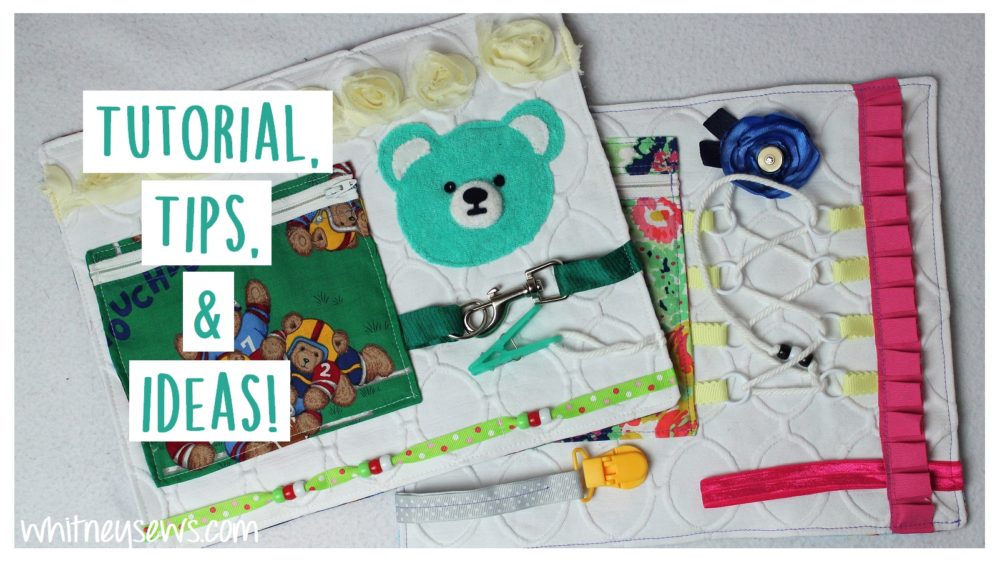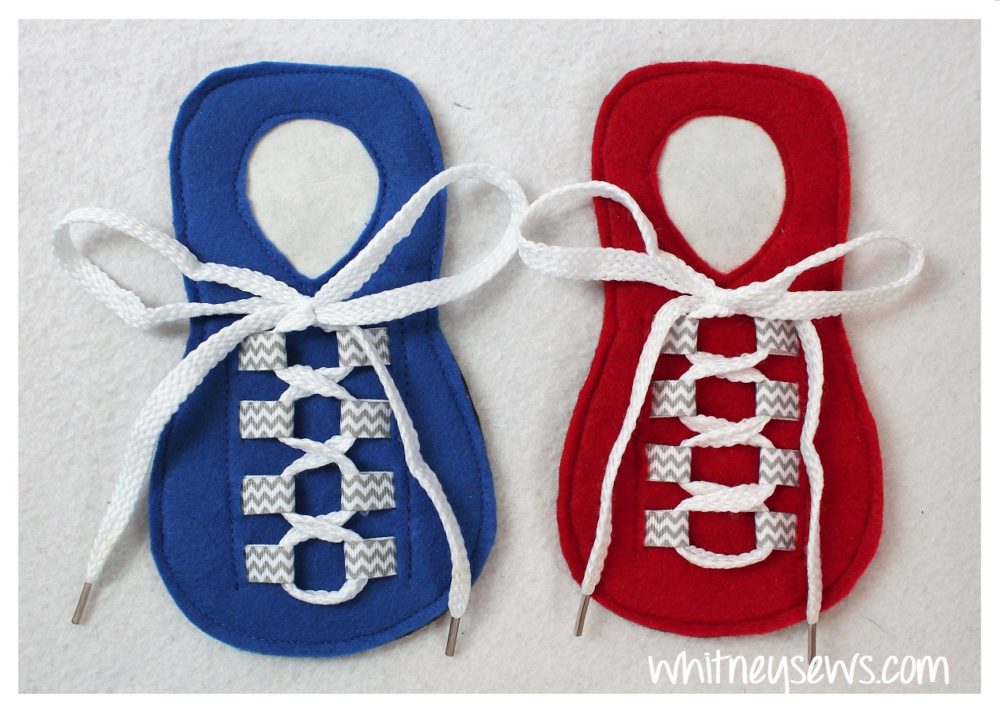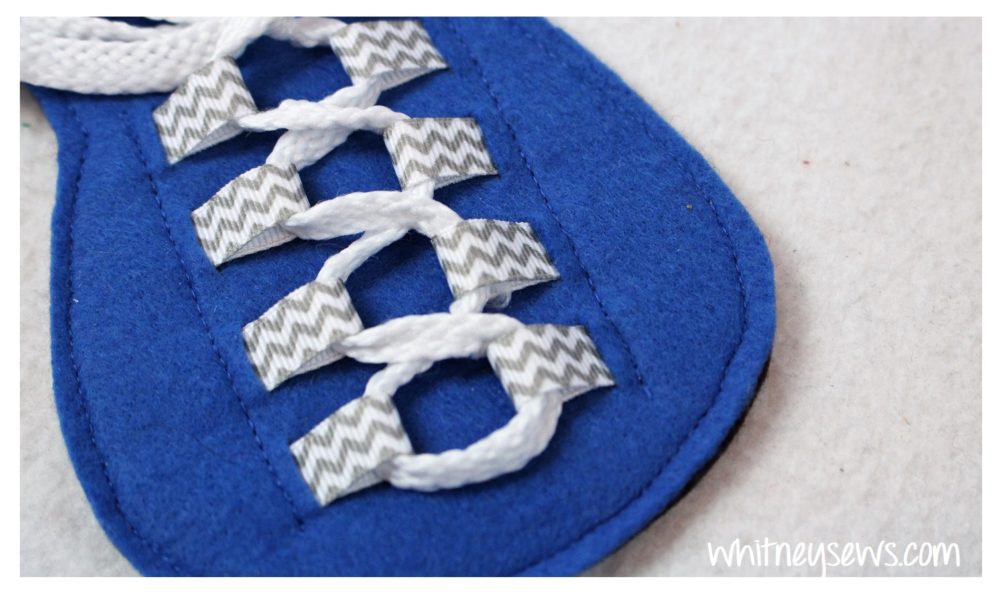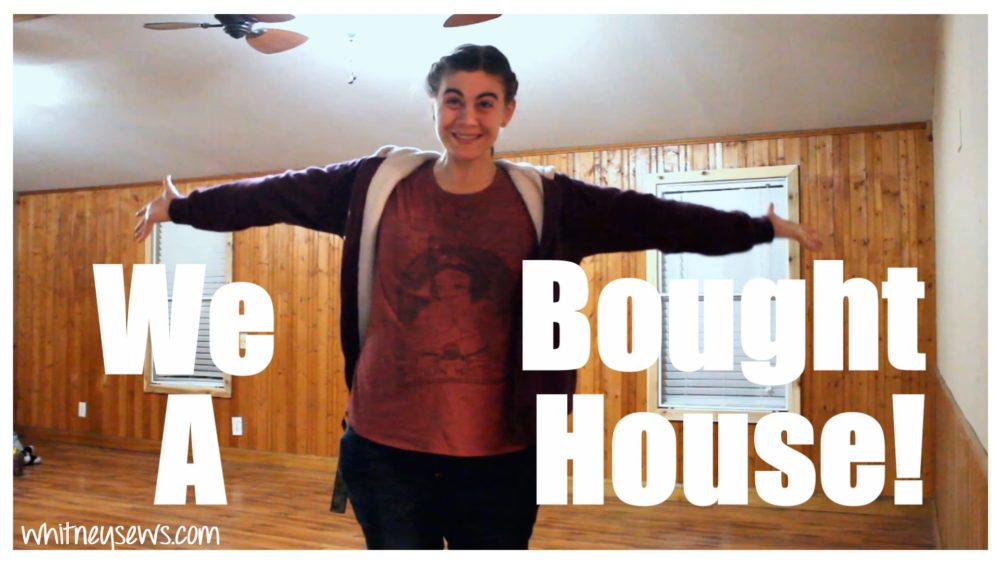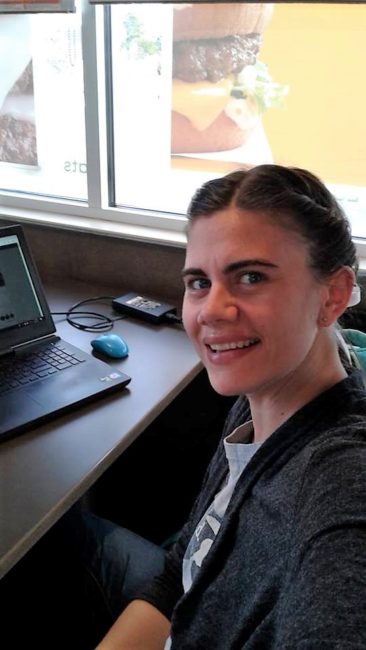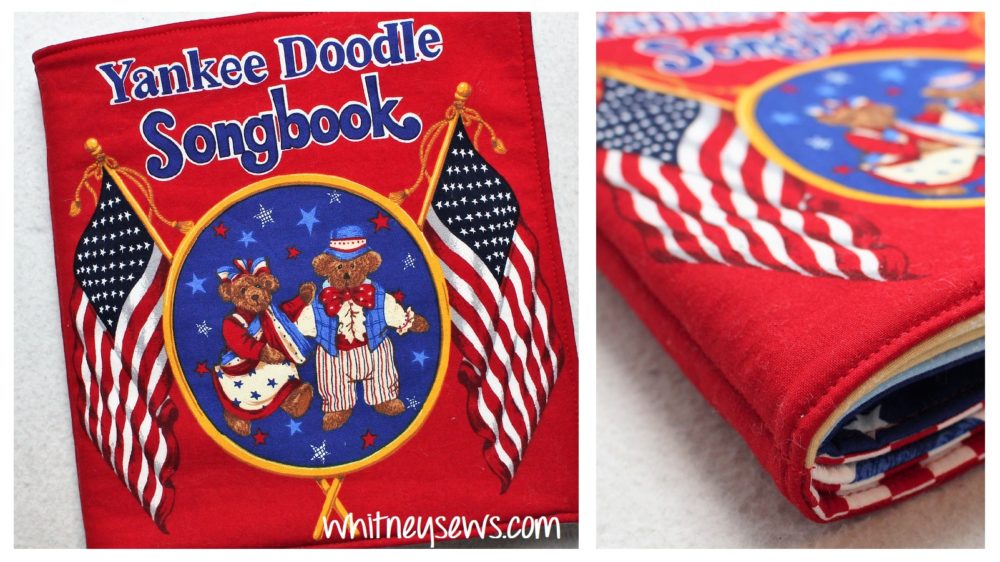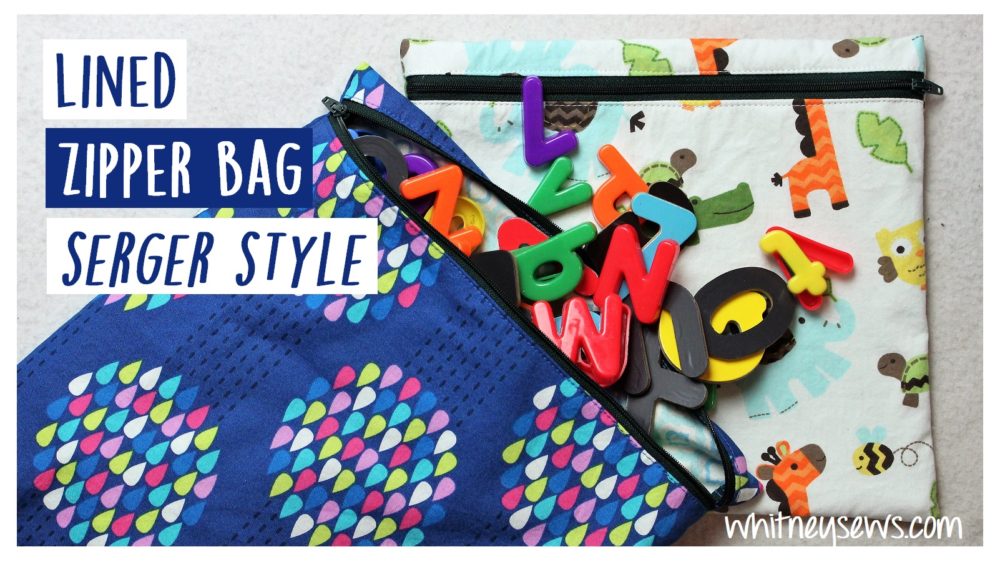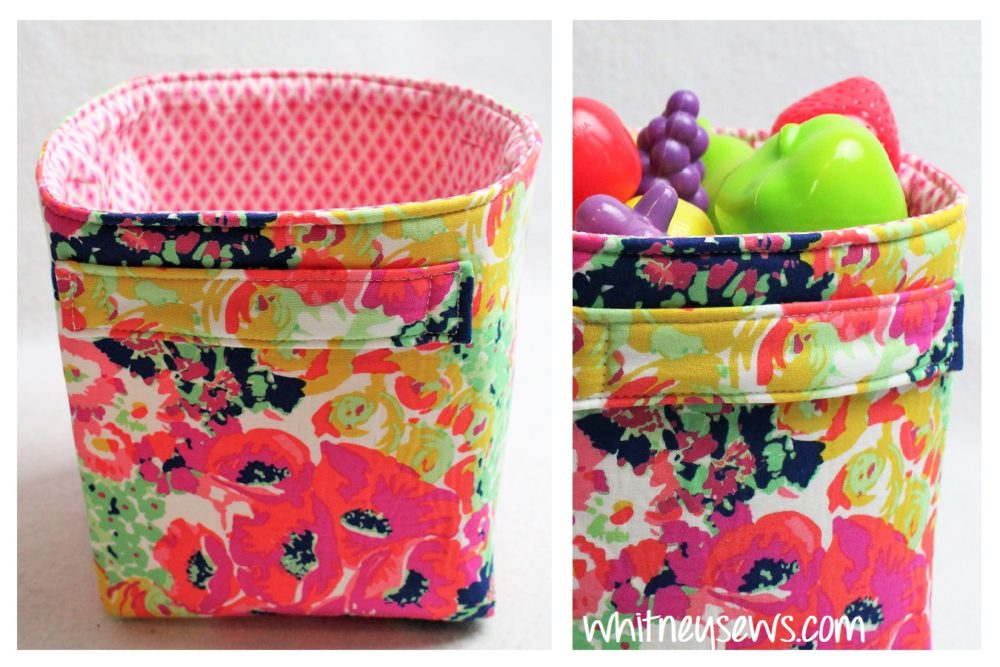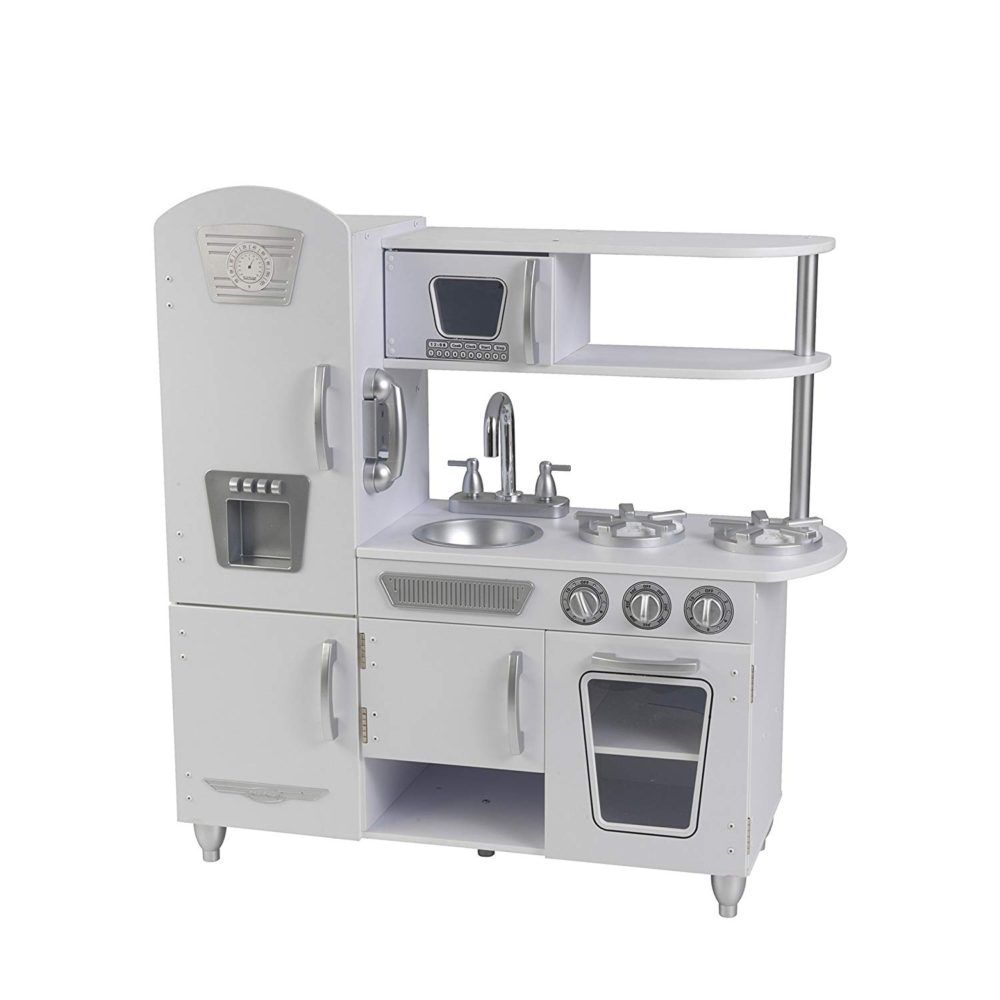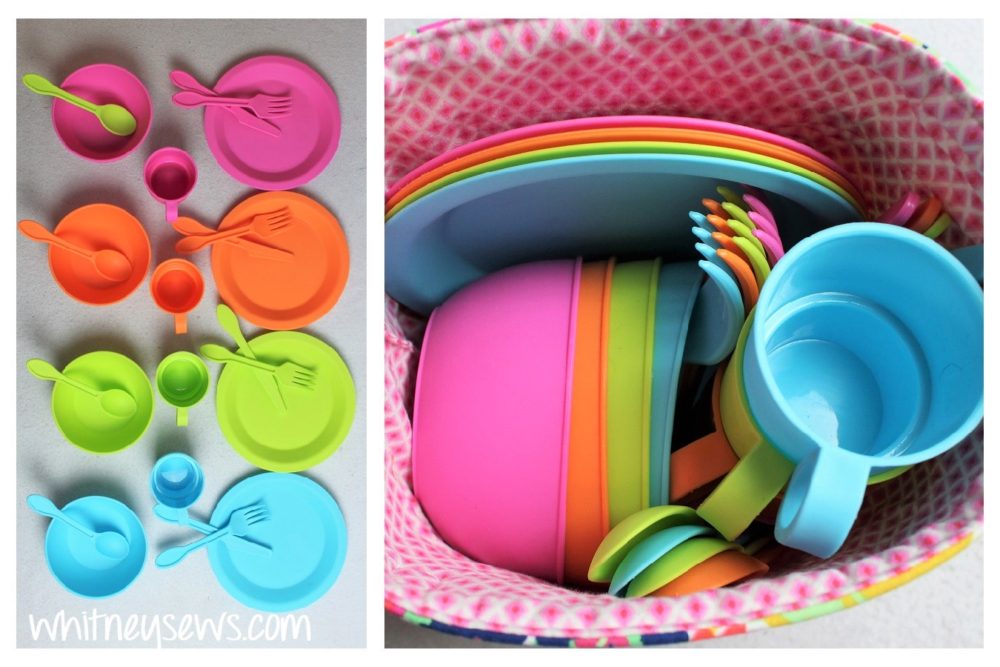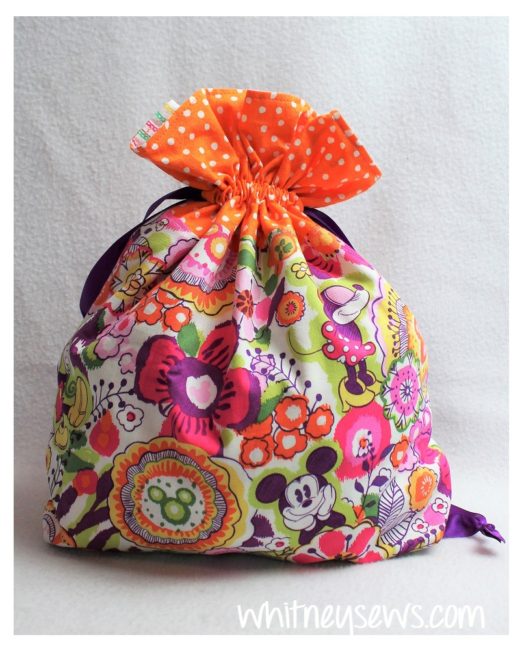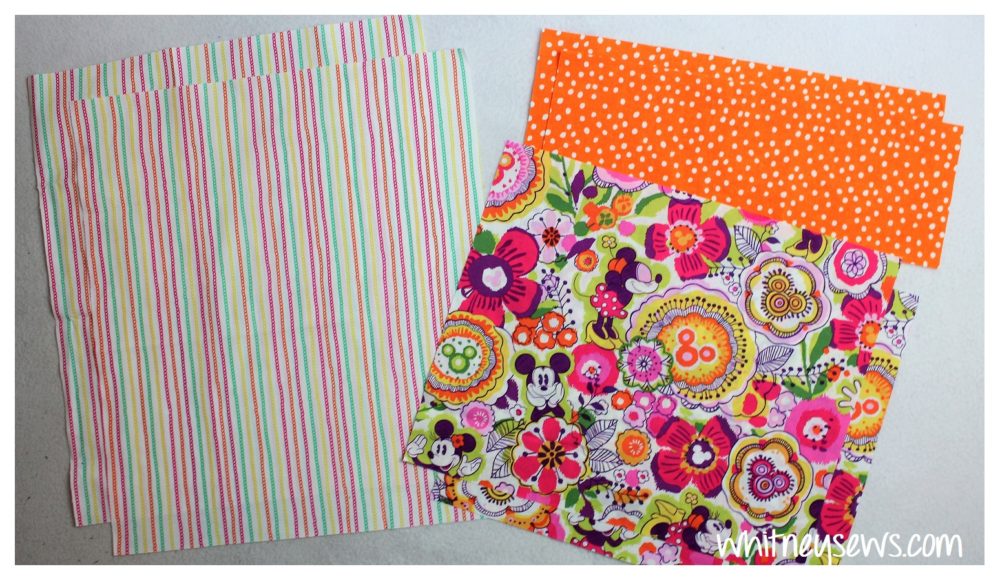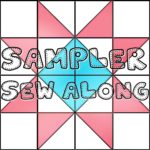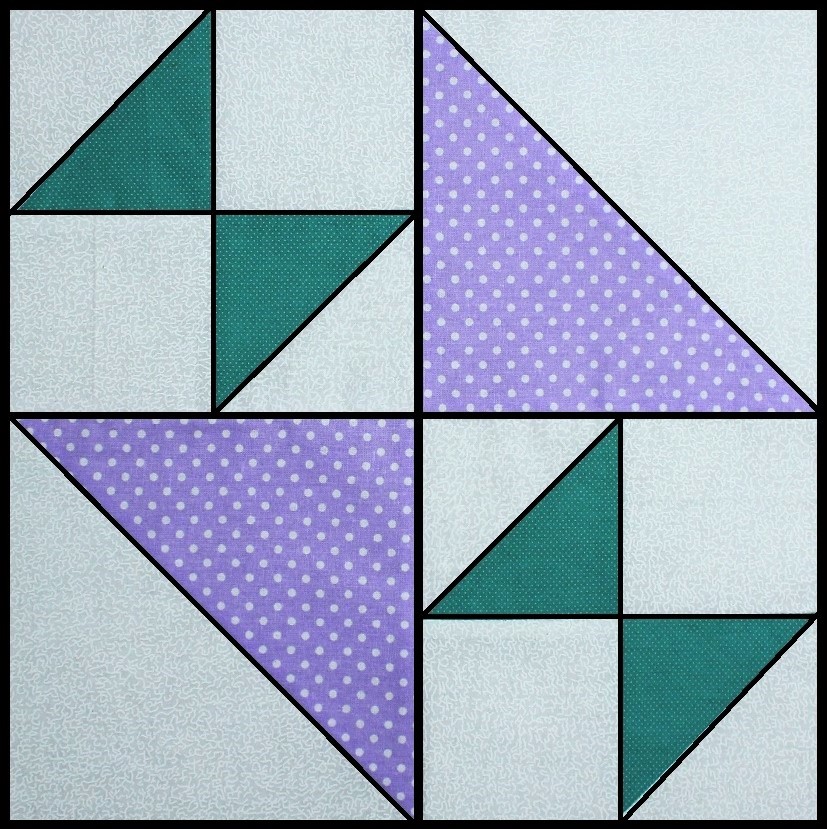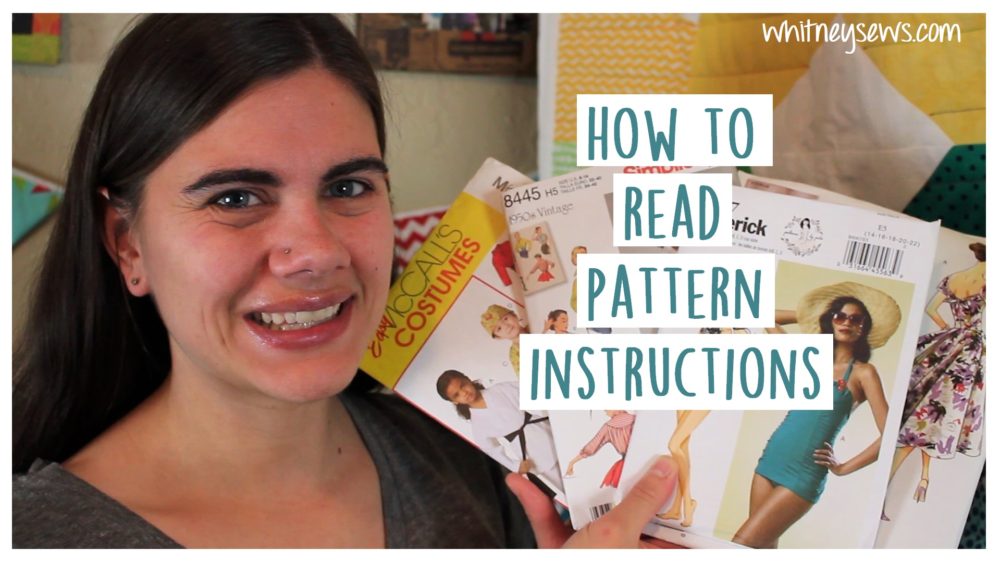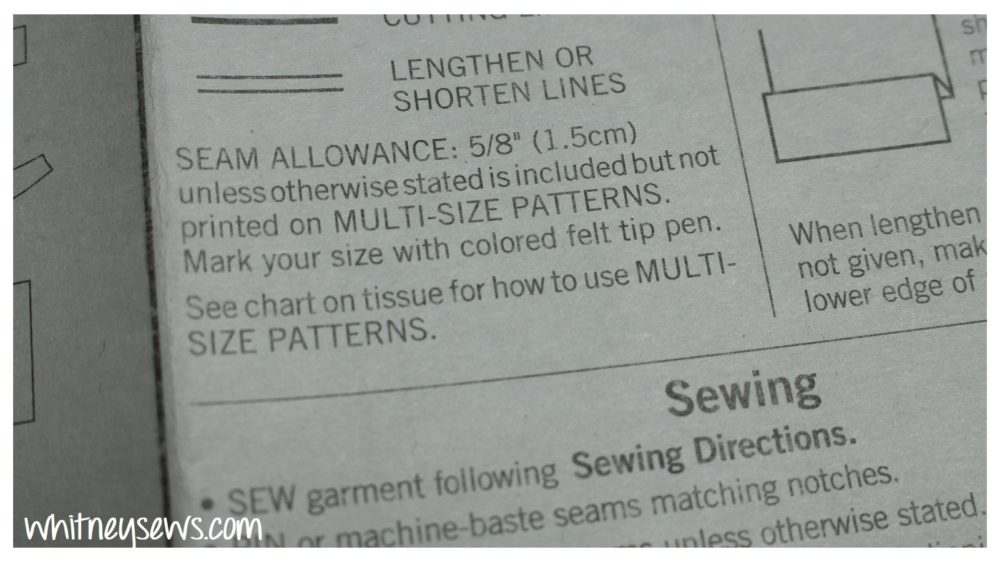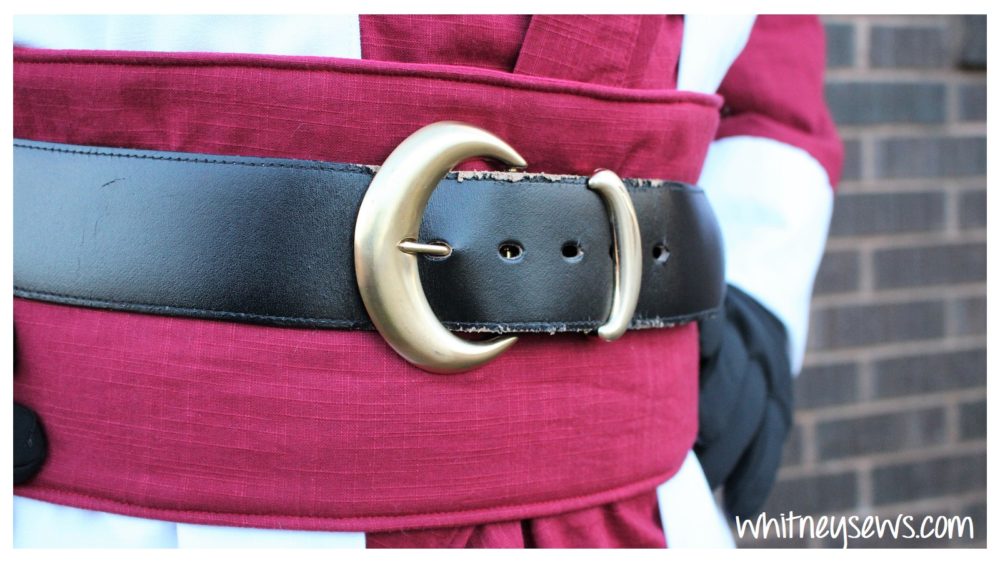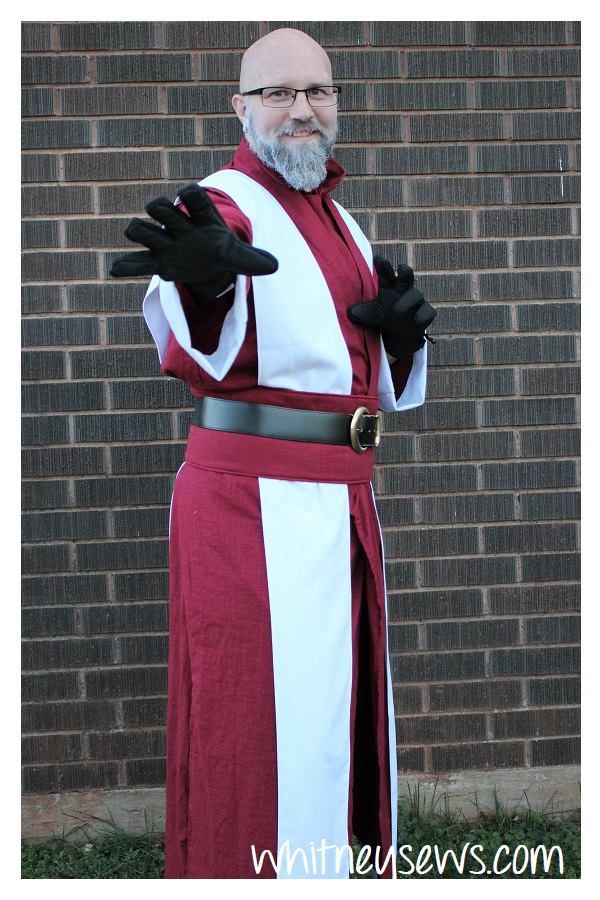
One of my amazing viewers asked if I could make a fidget mat tutorial. These are place mat sized mats with a variety of activities to sooth fidgeting and help the user develop or maintain skills and hand muscles. They can be great for children, adults with Alzheimer’s or dementia, or anyone with special needs. I created a couple of fidget mats for some elementary students and will be showing how I made them along with some extra tips and ideas for things you can incorporate in your own fidget mats.
We just moved so I hunted around my new sewing room looking for things to add to my mats. I liked the idea of including a pocket so the kids can zip and unzip and hid treasures inside. I also wanted to focus on textures, from the textured upholstery fabric base to pleated trims and more.
Check out my step-by-step tutorial for my fidget mat HERE!
Obviously not everyone will have the exact same clips and trinkets, so I also included extra tips and ideas you can incorporate in your own. One of my biggest tips is to plan out the layout so each element either extends to the sides of the mat or tucks under something else. This helps it look more thought out, but also makes sure everything is securely sewn down 2 or 3 times.
Have you made any fidget mats or fidget quilts before? If so I would love to hear about them and see pics. You can share them on the Whitney Sews Facebook page or on instagram using #WhitneySews
I’ll be back next week with another new tutorial! Until then, Happy Sewing!
-Whitney-
